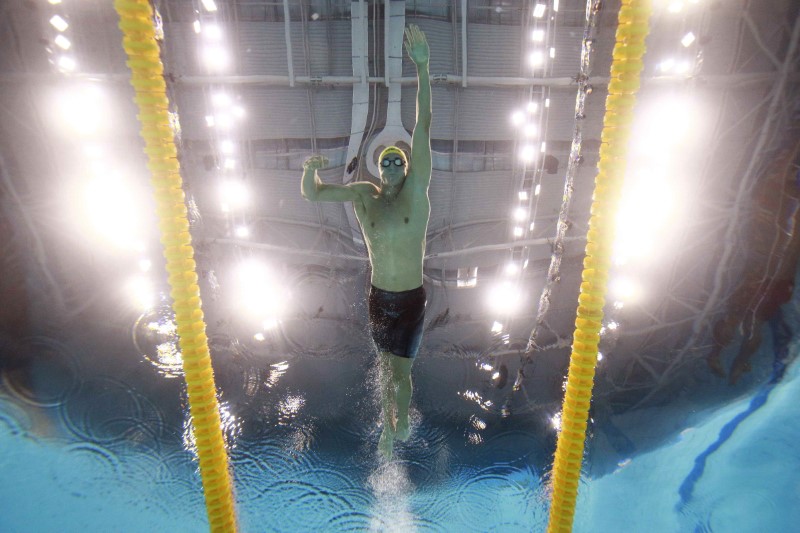By Alwyn Scott
NEW YORK (Reuters) - Boeing Co (N:BA) shares soared more than 8 percent to a record high on Wednesday after the world's biggest plane maker posted second-quarter profit and cash flow well ahead of Wall Street estimates and lifted its full-year forecasts, helped by aggressive cost cutting.
The stock jump, Boeing's largest since 2009, came as the company is outpacing rival Airbus (PA:AIR) for new orders amid strong demand for air travel.
Boeing's revenue fell by 8 percent in the quarter as it cut production of 777 widebody jetliners and delivered fewer 737s.
But those cuts were planned, and through reduced spending -- by streamlining production, shedding 6,500 jobs and winding down development costs -- Boeing dramatically improved profit and cash flow.
The company aims to generate $50 billion a year in revenue within the next five to 10 years from a services business it launched July 1. That business, drawn from Boeing's defense and civil units, currently has annual revenue of $14 billion.
The company isn't planning further restructuring but will keep cutting costs aggressively, Chief Executive Dennis Muilenburg said on a conference call.
"We're going to be relentless on driving our cost structure down ... to invest in future innovation," he said.
The company's cash from operations, at nearly $5 billion in the quarter, was roughly double estimates of about $2.5 billion.
The 787 Dreamliner contributed $531 million of the increase, the second-largest amount in the six years since Boeing started delivering the carbon-fiber planes. Chief Financial Officer Greg Smith said investors can expect at least that level of cash in the future.
Boeing shares rose 7.9 percent to $229.20 in midday trading. The stock has soared 37 percent this year.
"Monster cash flow," said analyst Robert Stallard at Vertical Research. The results were "about as close to perfect as it gets from Boeing," he added.
Military aircraft sales fell 4 percent to $6.8 billion, but profit jumped 50 percent and margins widened 4.6 percentage points, another sign of cost-cutting.
The extra cash allowed Boeing to add $1.5 billion to its 2017 operating cash flow forecast, now about $12.25 billion. Boeing will increase share buybacks this year by $3.5 billion, to about $10 billion. And it will make $3.5 billion in additional pension contributions this year to reduce future costs.
Boeing said it will cut full-year capital expenditure by $300 million, but that was expected since the company has made most of the big investments in its 777X wing factory and the 737 MAX and 787-10 programs, said analyst Richard Aboulafia at Teal Group.
Muilenburg said the capital spending cut reflected declining 777X costs and was a sign that the program remains on track for the first aircraft to reach airlines in 2020.
The company lifted its full-year forecast for core earnings, which exclude some pension costs, by 60 cents to between $9.80 and $10.00 per share.
Boeing swung to a profit of $1.76 billion, or $2.89 per share, in the second quarter, from a loss of $234 million, or 37 cents per share, a year earlier that reflected charges related to the 787, 747 and KC-46 tanker aircraft programs. Revenue fell to $22.74 billion.

Analysts expected core earnings of $2.30 per share on revenue of $23 billion, according to Thomson Reuters I/B/E/S.